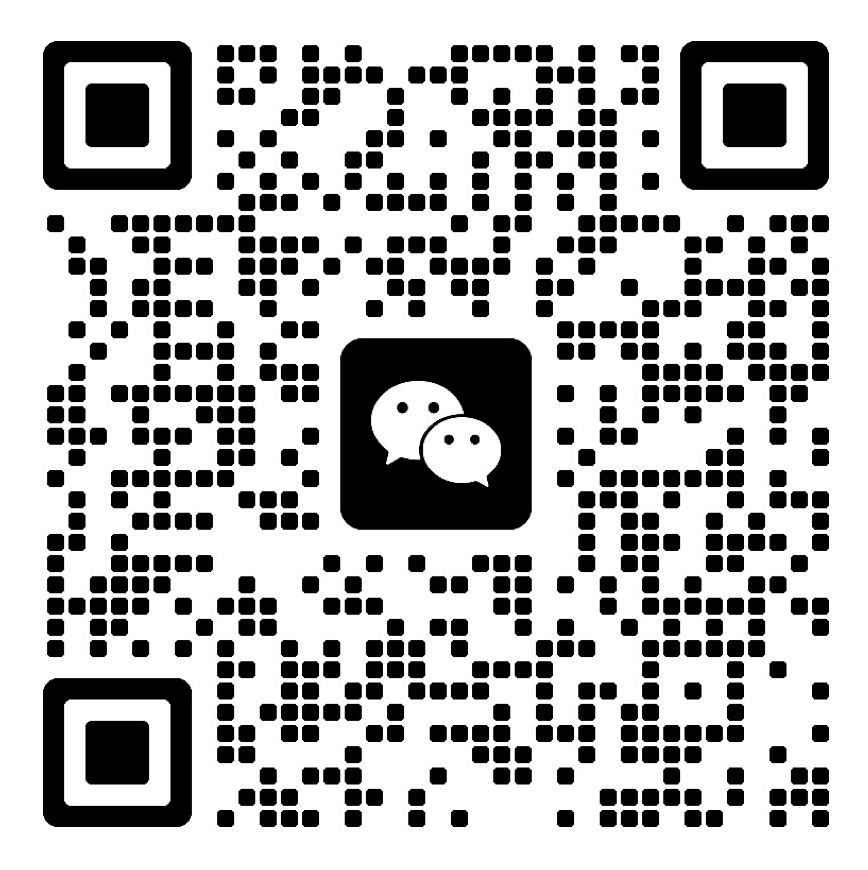
Services
返回Testing Services
Certification Services
- Japanese TELEC certification
- BIS certification
- PSE certification
- JATE certification in Japan
- VCCI Certification in Japan
- IMDA certification
- GCC Certification for Gulf Sev
- Iran COI certification
- Qatar COC Certification
- Iraq COC Certification
- Singapore PSB certification
- Vietnam COC certification
- KUCAS Certification in Kuwait
- KC certification
- EU E-Mark certification
- German GS certification
- REACH certification
- CE-ERP certification
- German TUV-SUD certification
- RED certification
- CE certification in Türkiye
- TSE certification in Türkiye
- Türkiye BTK certification
- European D-MARK certification
- Electrical ENEC certification
- Northern Ireland UKNI logo
- Russian EAC certification
- GOST certification in Russia
- RoHS certification
- ASTM certification
- UL, ETL, CSA, MET, TUV certifi
- FCC Certification in the Unite
- Energy Star
- IC certification
- ul certification
- ETL certification
- CEC certification
- FDA certification
- ASTM certification
- CSA certification
- CPSC Certification in the Unit
- IRAM certification
- Mexico NOM certification
- Ecuador VOC certification
- PVOC certification
- Algeria PCA certification
- Saudi EER Energy Efficiency Ce
- Saudi SABER certification
- Saudi SASO Energy Efficiency C
- Saudi EER Energy Efficiency Ce
- Iraq COC Certification
- Qatar COC Certification
- Iran COI certification
- Qatar COC Certification
- Iran COI certification
- Saudi SABER Certification Gulf
- Saudi SABER certification
- African COC certification
- Kenya PVOC certification
- Nigeria SONCAP certification
- Zimbabwe CBCA Certification
- South African LOA certificatio
- SABS certification in South Af
- Uganda PVOC certification
- Botswana COC Certification
- Zambia COC certification
- COC certification in Burundi
- Ghana COC certification
- Mauritius VOC certification
- Ethiopian VOC and COC certific
- Algeria COC certification
- Gabon COC certification
Register for the record
Systems and Training Services
Laboratory design and construction
Contact Us


National 24-hour service hotline
86+13560405821
Group Headquarters
E-mail: Lymay.zhong@lcs-cert.com
Address: Juji Industrial Park, Xueziwei, Ngabian, Shajing Street, Baoan District, Shenzhen Building A 1~2F, Building C 3F
PVOC certification
Product range:
Kenya
PVOC certification
Certification body | KEBS |
sign | PVoC |
quality | Mandatory |
Requirements standards | safe |
Factory inspection / pre-shipment inspection | requirements |
Member States of the CB System | be |
Technical information | |
voltage | 220Vac |
frequency | 50Hz |
plug | UK specifications BS 1363-1 & 1363-2 |
Kenya's National Standards Authority KEBS) In order to reduce the risk of unsafe products entering the country and provide Kenyan consumers with protection in all aspects of health, safety and the environment, Pre-Export Verification of Conformity (PVoC) began on September 2005, 9.
PVoC's main product categories include: electronic appliances, toys, automobiles, food, chemicals, textiles and leather, furniture, building materials, second-hand products and so on.
Where in Products listed in the PVoC certification catalogue must obtain a Certificate of Conformity (CoC) before shipment, and the certificate must be handed over to the customs when the goods arrive at the port, and the products can enter the country.
PVoC has three certification paths:
1) Consignment Certification and 2) Product Registration and
Certification of Shipments, which is suitable for multiple exports of the same product
3) Product Licensing PVoC
adopts Kenyan standards, but CB test reports in accordance with IEC standards can also be accepted.
PVOC Certification:
From July 2005, 7, all products imported into Kenya must be accompanied by a qualified test report or certificate, known as "Pre-shipment Verification of Conformity" (PVOC). PVOC is a new measure by Kenya's National Bureau of Standards (KEBS) to replace the previous Pre-shipment Inspection (PSI) under WTO rules. The test report or certificate shall state that the product shipped complies with Kenyan national standards or other recognized international standards of the same level. Failure to provide these materials will result in products being inspected at the country's ports, which may cause delays and, if ultimately unqualified, may even result in denial of entry.
This measure is aimed at preventing unsafe and low-quality goods from entering the Kenyan market.
Since 2005 September 9, the Kenya Bureau of Standards (KEBS) has authorized Intertek to issue a Pre-shipment Inspection Certificate (PVOC) in Kenya. PVOC is a regional program, Intertek is responsible for issuing all pre-shipment inspection certificates from Hong Kong, Taiwan and China to Kenya, the main requirements of PVOC inspection are as follows.
1. According to the inspection procedure, the certification body will send complete inspection instructions and requirements to the inspector. It includes, at a minimum:
(i) Inspection Application Form
(ii) Proforma invoices
(iii) CVG Catalogue (AIR) for related products (full AIR form to be available soon)
2. After receiving the instruction, the inspector must confirm that all inspection information is complete. And contact the inspection site representative to determine the inspection date and time, if the inspection date and time change, it is best to notify the certification body (the party issuing the order) by fax.
3. The inspector must apply the AQL sampling standard to determine whether the product meets the requirements of PVoC in Kenya.
4. At the inspection site, the inspector should carry out the inspection in accordance with the relevant product inspection requirements listed in the RFC. Among these requirements, the following steps must be performed:
(i) Confirm that the inspector uses the AIR document, and the inspector always checks the AIR during the inspection process, and then transmits the AIR form to the certification body (the issuing party) together with the inspection report.
(ii) If the product is found to not meet the requirements of the directive or other rejection during the inspection, the inspector must also continue to complete the inspection in accordance with the requirements.
(iii) If any product is found to be inspected that does not meet the requirements, the inspector must issue a discrepancy report and issue a copy to the inspection site representative, and all discrepancies must be photographed as proof.
(iv.) Kenyan PVoC labels and tapes must be applied to the internal and external packaging of sampled goods to clearly indicate that these places have been sampled in accordance with sampling standards. Discrepancy goods, even if corrected and replaced by the exporter, must not be applied Kenyan PVoC labels and tapes.
(v.) After the inspection, leave the exporter's copy of the inspection report to the inspection site representative and inform the inspection result of "accept", "rejection" or "pending".
5. After the inspection is completed, the inspector must fill in the inspection report in complete and detail, and submit the inspection report to Intertek's Hong Kong or Shanghai office (the issuing party) within one working day after the completion of the inspection.
6. All used cars must be 100% inspected and inspected in accordance with Kenya KS1515:2000 standard, which will be converted into a special AIR list.
7. FCL shipping (FCL) must be sealed.
8. Sometimes, the certification body (the party issuing the order) will ask the inspector to identify the sample and inform the representative of the exporting party. Samples must be labelled and/or sealed with Kenya.
9. If sampling is required, the certification body (the party issuing the order) will submit the partially completed mailing form to the inspector together with the complete instruction, which includes a detailed description of the sample and the number of samples. The inspector should make copies of 4 sample mailing slips and fill in the product parameters, article number, batch number or serial number of the sample in detail on site. The inspector should process the completed 4 sample mailing forms as follows:
a. 1 copy --- to the exporter's representative.
b. 1 --- sent to the laboratory with the sample.
c. 1 copy --- the inspector keeps it himself.
d. 1 copy of the --- and the inspection report is sent back to the certification body (the party issuing the order).
10. During an inspection using the CVG Annex (AIR), the inspector may find multiple discrepancies, but not all of them are severe enough to reject them. So the nature of the difference must be judged. The basic principle is that if the discrepancy conflicts with the essential requirements of the goods, it is judged to be a material defect and rejected.
Cost Introduction:
A: Apply for customs clearance certificate directly
Cost composition: product testing service fee + inspection fee
Product testing, please provide ISO inspection to prepare the inspection application form, packing list and proforma invoice Product testing service fee depends on the specific product Inspection fee FOB*0.475% Minimum not less than 180USD.This method is suitable for enterprises with small and infrequent exports.
b: Apply for a registration certificate first, and then apply for a customs clearance certificate
Cost structure: product testing service fee + registration certificate fee + inspection fee
Registration certificate fee 15USD within 375 models, 15USD+ (number of models -375) for more than 15 models *20USD Inspection fee FOB*0.425% The minimum is not less than 180USD, which is suitable for enterprises with large export volume and frequent export.
PS: The types of products included in PVOC (Pre-shipment Certification) include:
1. All second-hand products, including but not limited to: electronics (including electronic devices) and electrical products (including household appliances), motorcycles, bicycles, textiles. Used tires, auto parts.
2. Food and agricultural products, including but not limited to: packaged food, milk and dairy products, meat and meat products, fruit juices, beverages, alcoholic beverages, oils and fats, grains, sugar and sugar products, animal feed.
3. Chemical products, including but not limited to: M/V tires, bicycle tires, pencils, ballpoint pens, rubber condoms, paper and paper products, soap and stain remover, shoe polish, safety matches, fertilizers, water purification agents, cement.
4. Fuels and petroleum products, including but not limited to: gasoline, paraffin, petroleum and lubricating oil.
5. Textiles, including but not limited to: fabrics, clothing, yarns, blankets, upholstery supplies, furniture fabrics, rags, carpets.
6. Footwear, including but not limited to footwear made of the following raw materials: leather, rubber, plastic, canvas or other synthetic products.
7. Toys and child care products (all categories), including but not limited to: dolls, miniatures and simulation models.
8. Electronic (including electronic devices) and electrical products, including but not limited to: electronics (including electronic devices) and electrical products: household appliances, photocopiers, computers, printers, other electronic consumables other than lamp holders, switches and plugs, etc.
9. Mechanical products, including but not limited to: LPG cylinders and accessories, gasoline and kerosene stoves, windproof lights, locks, nails, hand tools, bicycles, auto parts, shock absorbers, fan belts, seat belts, brake blocks, spark plugs.
Large-scale experimental base
Professional Lab
Analysis Method
Testing/year




 WeChat Inquiry
WeChat Inquiry
